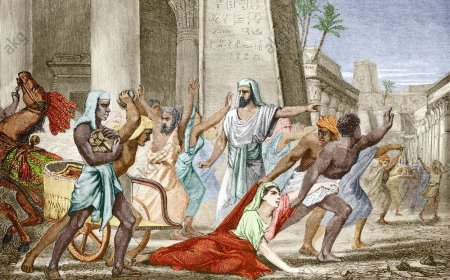Mexico Flag: A Symbol of National Identity and Cultural Heritage
Learn about the history, design, and symbolism of the Mexico flag in this informative article. Discover what the colors and symbols represent and why the flag is an important symbol of Mexican national identity

Mexico Flag: A Symbol of National Identity and Cultural Heritage
Mexico, a vibrant country in North America, boasts of a rich culture and history. The country's flag is a symbol of its national identity and cultural heritage. The flag is a tricolor banner featuring three vertical stripes of green, white, and red, with the national coat of arms at the center. In this article, we will explore the history, meaning, and significance of the Mexico flag.
The Mexico flag has been an important symbol of the country's identity and cultural heritage for over two centuries. It features three vertical stripes of green, white, and red, with the national coat of arms at the center. The flag's design and colors represent various aspects of Mexico's history, culture, and natural resources.
History of the Mexico Flag
The Mexico flag has a long and colorful history. It was first introduced in 1821 after Mexico gained independence from Spain. The original design featured vertical stripes of green, white, and red, which symbolized the country's independence movement. The flag was modified over the years, and the current design was adopted in 1968.
The history of the Mexican flag dates back to the early 19th century when Mexico gained independence from Spain. The first Mexican flag was designed by Agustin de Iturbide in 1821, which consisted of three vertical stripes of green, white, and red, representing the country's independence movement.
In 1823, the Mexican Congress passed a law, which adopted a new design for the flag, with the same colors but in a different arrangement. The new design featured a green strip on the left side of the flag, a white strip in the middle, and a red strip on the right side. A national emblem of an eagle standing on a cactus, holding a serpent in its beak, was added to the center of the flag.
In 1867, the Mexican government added a golden fringe to the national flag to symbolize the country's victory over the French in the Battle of Puebla. The golden fringe was later removed from the flag in 1968.
In 1916, during the Mexican Revolution, revolutionary leader Venustiano Carranza changed the design of the flag to remove the national emblem and replace it with a coat of arms featuring an eagle, a serpent, and a cactus. The current design of the Mexican flag was adopted in 1968 and has remained unchanged since then.
Meaning and Significance of the Mexico Flag
The Mexico flag is a symbol of the country's history, culture, and national pride. The flag's design features three vertical stripes of green, white, and red, with a coat of arms in the center.
The green stripe represents hope, the white stripe represents purity, and the red stripe represents the blood of Mexican heroes. Together, these colors represent the values and aspirations of the Mexican people.
The coat of arms in the center of the flag features an eagle, a serpent, and a cactus. The eagle represents power, the serpent represents wisdom, and the cactus represents the land of Mexico. The coat of arms is a reminder of Mexico's history and cultural heritage, which has been shaped by the Aztec, Mayan, and other indigenous peoples.
The Mexico flag is an important symbol of national identity and unity. It is flown on many public and private buildings throughout the country, and it is often used in parades, celebrations, and other national events. The flag is also a source of pride for Mexicans living abroad, who often display the flag in their homes or workplaces.
In addition to its cultural significance, the Mexico flag also has political significance. The flag is a symbol of the country's sovereignty and independence, which was won after a long struggle against colonialism and foreign domination.
Design and Composition of the Mexico Flag
The Mexico flag has a simple yet striking design. It features three vertical stripes of equal width, with the green stripe on the hoist side, followed by the white and red stripes. The national coat of arms is centered on the white stripe, with the eagle facing left, as viewed from the front.
The Mexico flag has a ratio of 4:7, which means that the length of the flag is 1.75 times the width. The colors of the flag are specified in the official Mexican Standard for the National Flag, which defines the shades of green, white, and red that should be used.
The Mexico Flag in Modern Times
The Mexico flag is an integral part of the country's national identity and is widely used in official and unofficial settings. The flag is hoisted on public buildings, schools, and other institutions on national holidays and other special occasions. The flag is also used in parades, sporting events, and other public gatherings.
The Mexico flag has also been used in popular culture, including movies, music, and fashion. The flag's design and colors have been incorporated into clothing, jewelry, and other accessories, which are popular souvenirs for tourists visiting Mexico.
Conclusion
The Mexico flag is a symbol of the country's national identity and cultural heritage. The flag's design and colors represent the country's struggle for independence, its rich cultural heritage, and its natural wealth. The flag is an integral part of Mexico's history and is widely used in official and unofficial settings.
What's Your Reaction?





















































